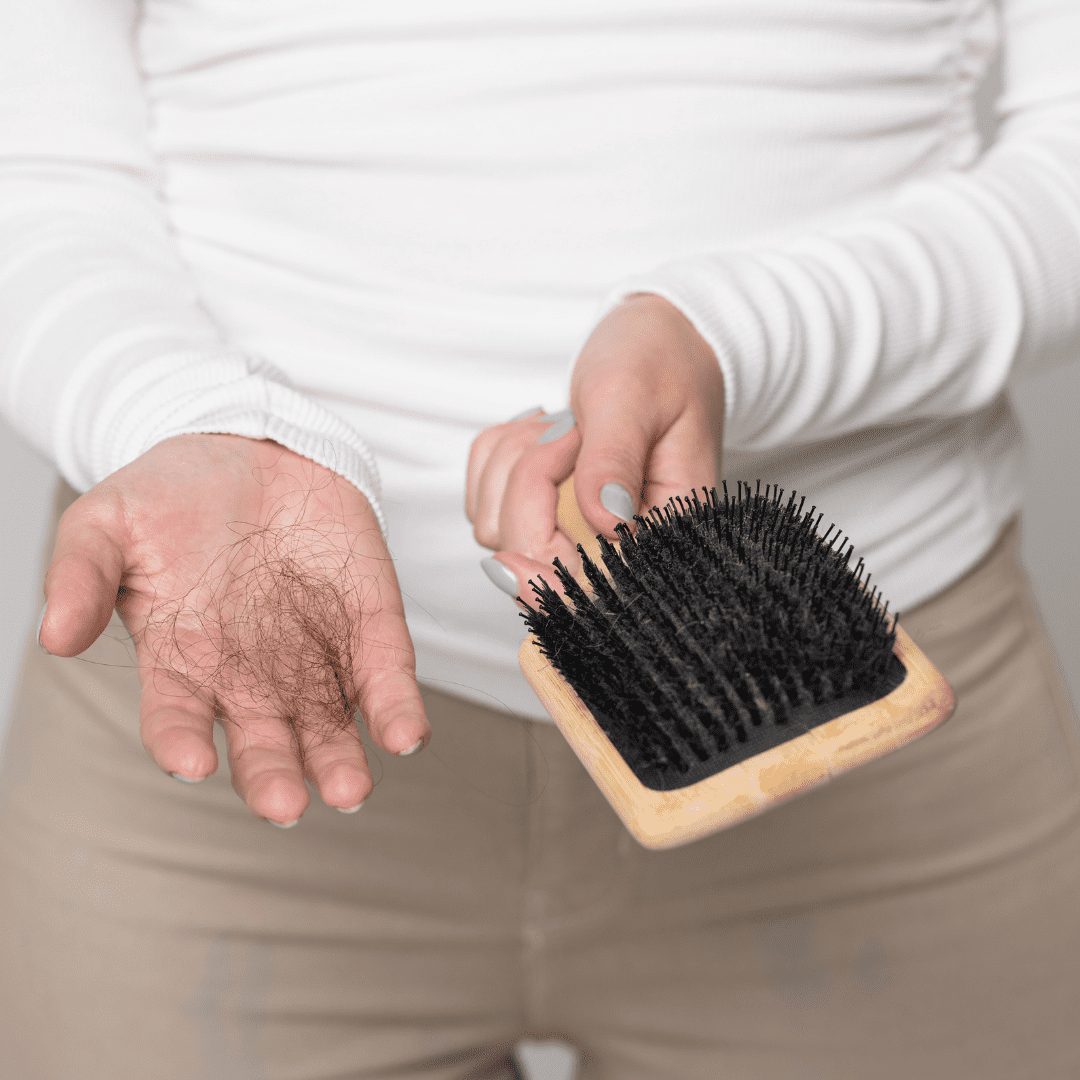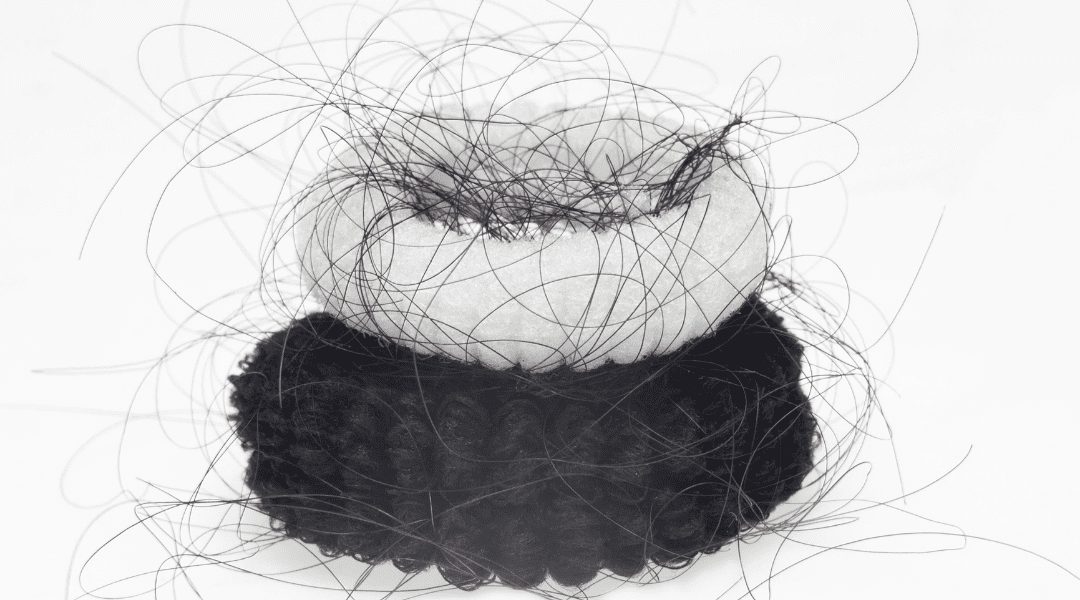
It’s an unfortunate fact that many new mothers experience hair loss after giving birth.
At a time when their bodies are already stressed by changes in shape and to their hormones, the notion of hair falling out in clumps often proves to be one experience too far for many mums.
However, postpartum hair loss in completely normal, to a large extent it is inevitable and fortunately, it is temporary.
Why do women experience hair loss after pregnancy?
The good news is that postpartum hair loss is not true hair loss.
It is the shedding of additional hair accumulated during pregnancy due to increased estrogen levels.
Hair loss after pregnancy is simply caused by those estrogen levels falling again.
During pregnancy, rising estrogen levels lengthen the growth and resting phases of the hair cycle.
By remaining in these two phases for longer, women experience less hair loss during pregnancy.
When less hair is shed during pregnancy, a woman’s head of hair looks fuller and thicker than normal.
This increased volume can mean a pregnant woman has more than a third more hair on her head while she is carrying a baby.
Only after birth do hormones return to their normal levels and postpartum hair loss begins.


How soon does hair loss caused by pregnancy begin?
Postpartum pregnancy hair loss typically begins between three and six months after a mother gives birth.
This hair loss caused by pregnancy may also be triggered when a new mother begins to wean her baby off breast milk or supplement her baby’s feeding with formulas or foods.
What does postpartum hair loss look like?
Postpartum hair loss caused by pregnancy can manifest as more hairs lost when washing, brushing and styling hair.
It is common to find a greater amount of hair on clothes, bed sheets and in plugholes during the postpartum hair loss period.
This is because new mothers shed approximately 400 hairs per day, opposed to the usual 80 hairs per day experienced by other women.
Hair loss in the months after pregnancy often exhibits in a thinning around the hairline or a widening along the parting. Ponytails may also appear smaller and less bushy.
As explained, pregnancy hair loss experienced in these ways is normal and common.
Can this type of pregnancy hair loss be stopped?
There is nothing which can be done to prevent postpartum hair loss as it is part of the natural processes a woman’s body goes through around giving birth.
The hair lost is simply the hair gained during pregnancy.
There are ways to ease the shedding process so less hair is shed at once.
A good diet and a reduction in the use of heat treatments and chemical products to style hair can slow postpartum hair loss.
Undertaking of relaxation techniques to reduce stress can also have a positive effect.
Low level laser therapy can be used to stimulate new hair growth during the postpartum period.
In addition, a medical programme incorporating, minoxidil lotion and vitamin, mineral and herbal supplements can ease the transition between pregnancy and hair loss.
How long does hair loss after pregnancy last?
Postpartum hair shedding usually slows down between six and nine months after giving birth.
If it doesn’t, there may be a more serious medical issue, such as a change in thyroid function, iron levels or an emotional or psychological issue, at play.
If hair shedding fails to ease off after about nine months, it is time to consult with a hair specialist like MHR Clinic or your GP, to get to the bottom of the matter.
To slow hair fall, treatment options can include a vitamin, mineral and herbal supplementation, medications, topical treatments and localised therapies such as PRP to reduce inflammation around hair follicles.
In-clinic or at-home cold laser therapy can stimulate new hair growth.
In addition to these approaches, it is advisable to ensure postpartum diets include plenty of protein, zinc, iron and vitamin D.
More tips for dealing with postpartum hair loss
In addition to eating well, there are several other lifestyle tips which can be taken on board during a period of postpartum hair loss.
It is fine to continue shampooing and conditioning hair as normal. These actions will not worsen shedding.
Volumising shampoos can help to cover up the hair loss. However, avoid conditioning shampoos. These contain heavy conditioners which weigh hair down and make it look limp.
Using a wide-toothed comb to minimise tangling and tugging on hair roots can slow hair loss.
Don’t pull hair too tight into a ponytail by tying hair up with a scrunchie or barrette instead of a rubber band.
Heat and chemical treatments can exacerbate the shedding process.
Skip hairdryers and curling and flat irons if possible. Avoid dyes and delay plans for perms, highlights and hair straightening too.
If you want to understand more about hair loss and hair growth, our knowledgeable consultants are waiting and happy to help you. Telephone 01565 745 344 or contact MHR Clinic through this contact page.
